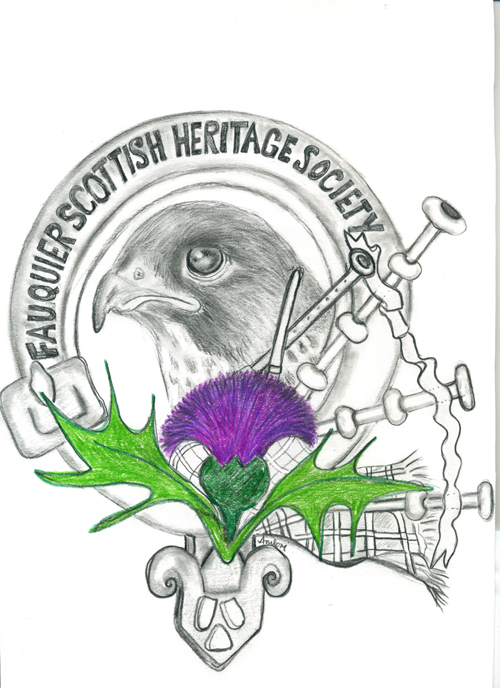
Joe O’Donnell, Jr.
For my essay I will be comparing ancient architecture of western world to revival architecture in United States of American. It is true that some of our founding fathers had traveled aboard and brought back reflections of what they had seen. This evident in the monuments and the government build across the country. Some of the most powerful examples can be seen right here in the nation’s capital, of Washington, D.C.
The Washington Monument is the city’s focal point of all the monuments that decorate the capital. Its design is based on Egyptian obelisks that were found throughout that country. The building height requirements in the capital district state that no building can be taller then twelve stories, so as not to obstruct the view of this important land mark. A fine comparison of this is the obelisk erected to Thutmose III, who ruled Egypt from 1479 to 1425. This monument was transported to Constantinople by emperor Theodosius I in 390. The similarities between this and Washington Monument is strikingly obvious. The Egyptian obelisk is made out of stone, while the George Washington Monument is made out of Marble. The Obelisk of Theodosius stands today at 19.5 meters or 63.97638 feet, while the George Washington Monument stands at 555 feet 5 1/8 inches.
 Another Washington landmark is the Lincoln Memorial. Its designer was Henry Bacon who based the design on the Greek temple known as the Parthenon. Bacon felt that a memorial to a man, who defended democracy, should be based on a structure found in the birthplace of democracy. The upper casting on the frontal fascia of the building’s façade is representative of the design in the Parthenon though the friezes are different in the Lincoln Memorial. The Parthenon’s frieze represents the periods in the history of Greece, where as the Lincoln Memorial shows the names of each of the 36 states in the Union at the time of Lincoln’s death. The Parthenon is said to be the birth place of Athena .The Doric order style is representative in both monuments. The cornice on the face of the Parthenon is plain where as the Lincoln monument is decorated with projecting lions’ heads and ornamented with palmetto cresting along the upper edge. Unlike the Parthenon, the Lincoln monument does not have a ranking cornice. Instead, the façade is extended up-words to include another horizontal wall. This includes the decorative inscriptions of the states that followed when it was constructed.
Another Washington landmark is the Lincoln Memorial. Its designer was Henry Bacon who based the design on the Greek temple known as the Parthenon. Bacon felt that a memorial to a man, who defended democracy, should be based on a structure found in the birthplace of democracy. The upper casting on the frontal fascia of the building’s façade is representative of the design in the Parthenon though the friezes are different in the Lincoln Memorial. The Parthenon’s frieze represents the periods in the history of Greece, where as the Lincoln Memorial shows the names of each of the 36 states in the Union at the time of Lincoln’s death. The Parthenon is said to be the birth place of Athena .The Doric order style is representative in both monuments. The cornice on the face of the Parthenon is plain where as the Lincoln monument is decorated with projecting lions’ heads and ornamented with palmetto cresting along the upper edge. Unlike the Parthenon, the Lincoln monument does not have a ranking cornice. Instead, the façade is extended up-words to include another horizontal wall. This includes the decorative inscriptions of the states that followed when it was constructed.
The Thomas Jefferson Memorial is another example of an attempt to replicate classical architecture, but dating back to the style of ancient Rome. The design decision was to build the structure into the form of the Roman Pantheon. John Russell Pope, the chosen architect, designed a very large pantheon-like structure, to sit on a square platform, and to be flanked by two smaller, rectangular, colonnaded buildings. The design was later modified by the commission over-seeing its construction. It never did receive full approval and many controversies arose over the course of its building. The Pantheon was built by Emperor Hadrian’s engineers at his request. It was originally a temple to all the pagan gods of ancient Rome. The reign of Hadrian, which lasted from 117 to 138 A.D, saw many notable building projects including the famous Hadrian’s Wall in Northern England. This structure was built to honor Augustus’ friend and Commander Marcus Agrippa’s Pantheon of 27 B.C. which burnt to the ground in 80 A.D.
 The Jefferson monument has a distinct dome roof. Unlike the Pantheon, which it is modeled after, the ceiling is fully enclosed. The roof in Rome’s structure had a circular opening at its peak, which is known as an oculus, which allowed light to enter the building. The Roman model had a dome made of concrete; where as the current monument is constructed of Indiana limestone. The steps and building material for the Jefferson memorial consists of marble. The Roman and American structures are modeled after the Ionic order design.
The Jefferson monument has a distinct dome roof. Unlike the Pantheon, which it is modeled after, the ceiling is fully enclosed. The roof in Rome’s structure had a circular opening at its peak, which is known as an oculus, which allowed light to enter the building. The Roman model had a dome made of concrete; where as the current monument is constructed of Indiana limestone. The steps and building material for the Jefferson memorial consists of marble. The Roman and American structures are modeled after the Ionic order design.
Another American example of old world architectural design is embraced in the Federal Triangle Building in Washington, D.C. The many pediments in the outline of the building contain exquisite examples of Roman/ Greco friezes. The building columns are of Fluted, the bottom of the column has a layered base, and top of the column has an Echinus pattern. This structure’s style is a mixture of Ionic and Doric orders. The building houses the Environmental Protection Agency. These designs can also be seen on the U.S. Capital.
My father and I made the trip to Washington, D.C. on a Sunday to film and make notes about the buildings that we saw. It was very cold and breezy, but some luck was with us as it was sunny and bright. As we arrived early, we found convenient parking near all the sites that we visited. The visitors were few at that hour, and our views were unhindered so that we could easily film the pictures necessary for this project. We needed to move quickly knowing that as the day wore on and the weather warmed up, our photography would have been hampered by the growing number of tourists. We even had several chance meetings of strangers asking us to take pictures of them in front of some of the sites. This was all right though as the early hour gave us the spare time to do so. We also had a limited time to park in any one location of three hours, so we could not waste too much time in aiding some of the passerby.
To conclude this report, we owe much to the close proximity to Washington, D.C. to find many the fine examples of the architecture that we sought. All of these designs could be found in one location without traveling throughout the entire city. For those studying architecture, the nations capital offers classic samples to base any design that they endeavor to create.
Citation
“History & Culture.” Http://www.nps.gov. Http://www.nps.gov, 16 Nov. 2012. Web. 4 Dec. 2012.
Website
“Jefferson Memorial Dome.” Oldblueprints.com. N.p., n.d. Web. 4 Dec. 2012. <http://oldblueprints.com/blueprints/jefferson-memorial-dome.html>.
Website
“Jefferson Memorial.” Www.nps.gov. N.p., n.d. Web. 4 Dec. 2012. <http://www.nps.gov/nr/travel/wash/dc73.htm>.
Website
Ledering, Jona. “Constantinople (Istanbul): Hippodrome (3).” Http://www.livius.org. N.p., 26 July 2008. Web. 04 Dec. 2012.
Website
“Lincoln Memorial Design and Symbolism.” National Parks Service. National Parks Service, 04 Apr. 2012. Web. 04 Dec. 2012. <http://www.nps.gov/linc/historyculture/lincoln-memorial-design-and-symbolism.htm>.
Website
“Lincoln Memorial Design Individuals.” National Parks Service. National Parks Service, 29 Oct. 2012. Web. 04 Dec. 2012.
Website
“Roman Pantheon.” Rome.Info. N.p., 5 Dec. 2012. Web. 4 Dec. 2012. <http://www.rome.info/pantheon/>.
Please share the story on Facebook, or donate to support our efforts!





























.jpg)

























